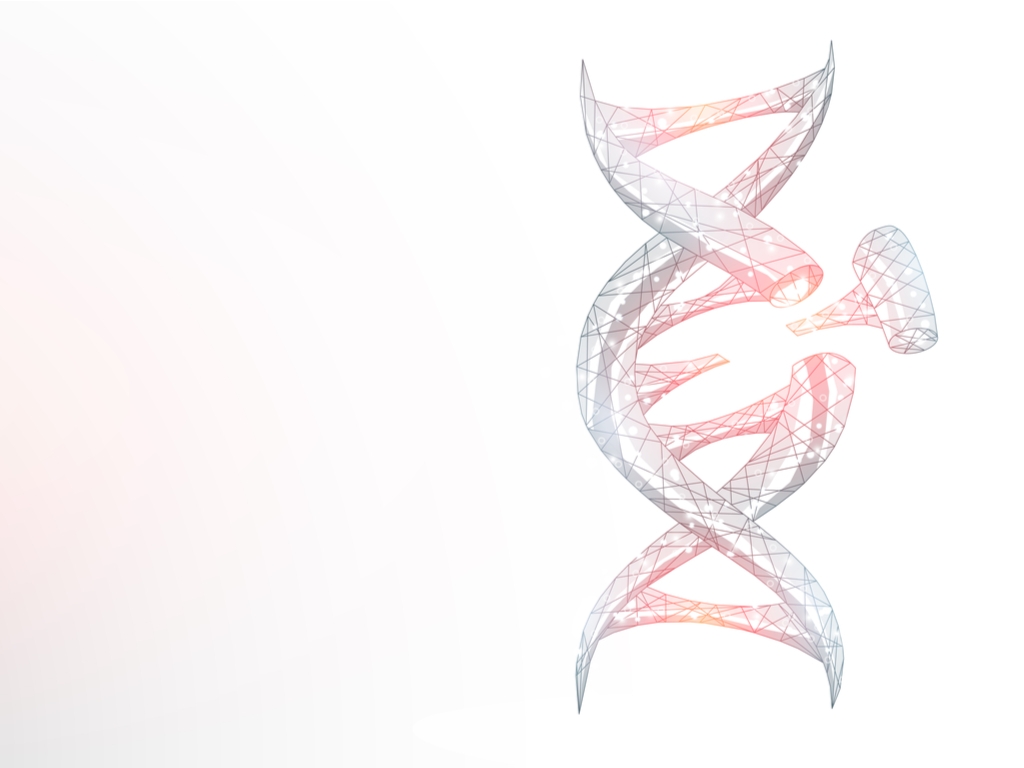Home > Insights > Market Research & Trend Analysis > What are the Challenges of Cell Therapy?
What are the Challenges of Cell Therapy?
May, 2020

What is Cell Therapy?
- Kymriah: Approved in 2018, Kymriah is a CAR-T therapy for use with adults with relapsed or refractory diffuse large B-cell lymphoma (DLBCL) or non-Hodgkin lymphoma (NHL)
- Yescarta: Approved in 2017, Yescarta is a CAR-T therapy for adult patients with certain types of B-cell lymphoma (DLBCL)
What are the Challenges of Cell Therapy?
The promise of cell therapy research is tremendous. However, the challenge in this field is not with the innovators but rather with the commercialization and manufacturing strategies.
This is the first time that a patient has become a part of the direct supply chain process for biopharmaceuticals. And as such, there are many challenges associated with cell therapies that continue to be investigated.
Below is a list of the challenges associated with cell therapy.
- Material is often single-source (ie from the patient him/herself). If there is a slight disruption to any part of the supply chain, the result is catastrophic. Therefore, the biggest challenges is how to mitigate risks associated with single-source materials supply.
- Advanced therapies have the same time and temperature sensitivity throughout the supply chain process from the time the material is received from a patient to the time that it is returned. A slight deviation from those parameters would put the entire therapy at risk.
- Accelerated regulatory pathways are becoming the norm rather than the exception. This poses a challenge to companies to not only have testing data ready but also a commercialization strategy in place.
- Most companies are spun out of university or academic labs and need significant support in chemistry, manufacturing and controls (CMC) as well as regulatory, marketing, sales. Because of this, there is a high likelihood that they may have a single-source raw materials strategy that creates additional risk to an already high-risk delivery model.
- Viral vector development and manufacturing is critical to gene therapy and its supply chain. Competition for capacity and starting materials to produce them is increasing and this will affect lead times and create future demand constraints.
- Risks to clinical trial enrollment remains high as does screening failure
How are these Challenges being Addressed?
- Logistics by design (LBD) approach is a method to create a logistics platform that connects therapies to patients at clinical and commercial scale.
- Co-development ensures that therapies are connected through clinical trials and are ready for commercial distribution post pivotal trials
- To mitigate the risks associated with the speed of regulatory approval, CGT companies should consider a toolkit to design, build, test and optimize logistics platforms alongside manufacturing, clinical and assay platforms.
- Faster regulatory pathways require that CGT companies have a commercially viable supply chain in place at the start of Phase 1 and/or Phase 2 programs.
- Viral vector capacity demands may be mitigable if employ controls like inventory and capacity buffers but it comes with a cost.
- Continue to scan the horizon for new suppliers/technologies
- Know that the horizon for commercializing advanced therapies is 5 years out
It is important to remember that while traditional pharma is separated from the patient at the commercial and operational levels, that is not the case for cell and gene therapy companies. This model provides for more impactful therapies that are potentially curative and may be the way to the future. However, many challenges still remain that need to be addressed as an industry.
By: Kiran Chin



